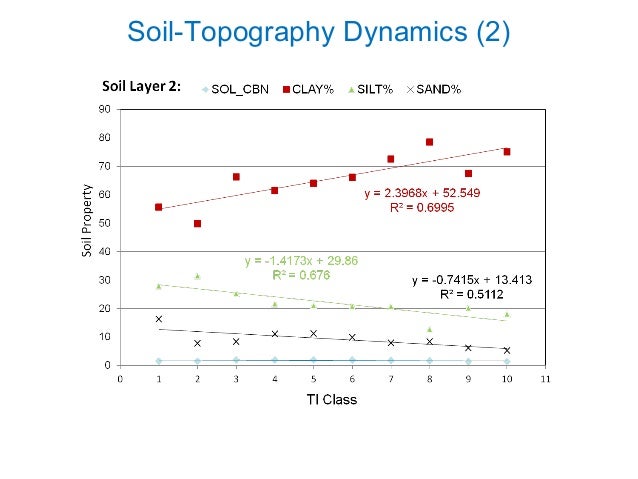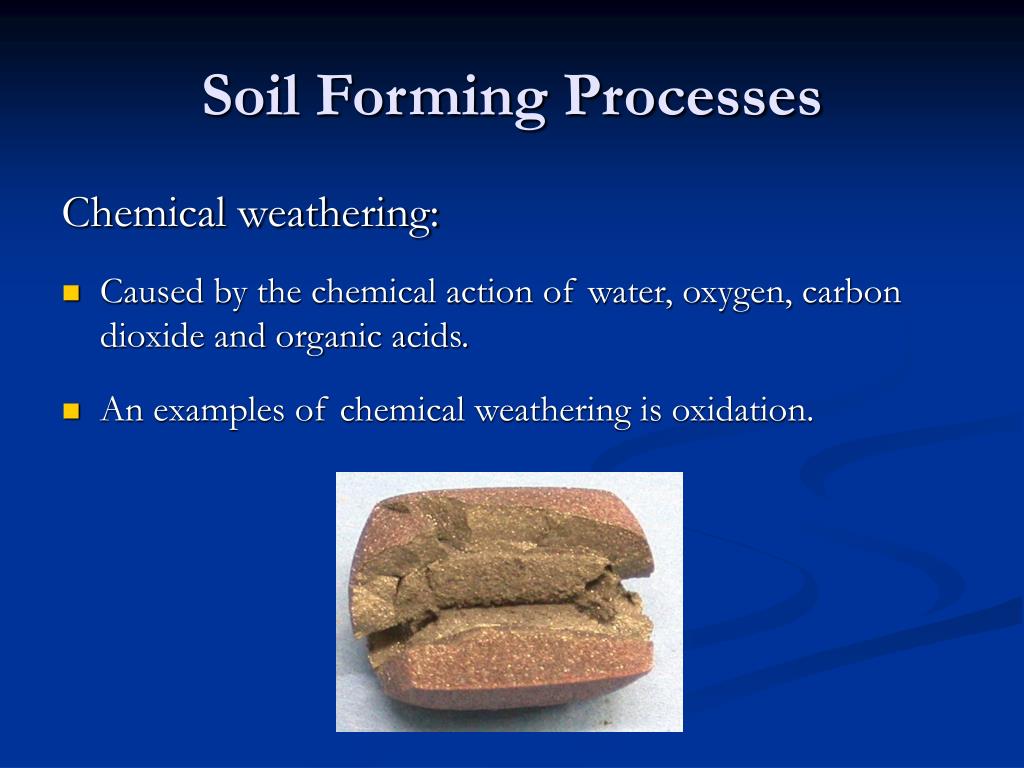
- Soil texture hydrological processes manual#
- Soil texture hydrological processes full#
- Soil texture hydrological processes series#

Soil texture hydrological processes series#
Since map unit components may consist of soil series that cross the hydric/nonhydric boundary, a map unit component listed as hydric may also include portions that are non-hydric.

The list also provides information on what component is at least in part hydric and where it is located on the landscape. The list has evolved from a national list of hydric soil series that may be hydric to a comprehensive list of all map units that have at least one map unit component that is hydric.
Soil texture hydrological processes full#
The former database selection criteria created to select soils that may meet the definition of hydric soils did not cover the full extent of what is included in the hydric soils definition.ĭue to issues with database population, it was easier for a soil scientist to individually populate a field that identified those soil map unit components that meet the definition of hydric soils and which criterion or criteria the soil met rather than to auto-populate using the developed query. The NTCHS has updated the criteria to select map units components for the hydric soils list. Therefore, an area that meets the hydric soil definition must also meet the hydrophytic vegetation and wetland hydrology definitions in order for it to be correctly classified as a jurisdictional wetland.Ĭriteria New NASIS Database Selection Criteriaįederal Register Doc.
Soil texture hydrological processes manual#
A combination of the hydric soil, hydrophytic vegetation, and hydrology properties define wetlands as described in the National Food Security Act Manual (Soil Conservation Service, 1994) and the Corps of Engineers (COE) Wetlands Delineation Manual (Environmental Laboratory, 1987) and COE Regional Supplements. These include assistance in land-use planning, conservation planning, and assessment of potential wildlife habitat. Hydric soil lists have a number of agricultural and nonagricultural applications. These criteria are selected soil properties that are documented in Soil Taxonomy (Soil Survey Staff, 1999) and were designed primarily to generate a list of potentially hydric soils from the National Soil Information System (NASIS) database. The lists of hydric soils were created by using National Soil Information System (NASIS) database selection criteria that were developed by the National Technical Committee for Hydric Soils. Some series, designated as hydric, have phases that are not hydric depending on water table, flooding, and ponding characteristics. Also, soils in which the hydrology has been artificially modified are hydric if the soil, in an unaltered state, was hydric. Soils that are sufficiently wet because of artificial measures are included in the concept of hydric soils. The concept of hydric soils includes soils developed under sufficiently wet conditions to support the growth and regeneration of hydrophytic vegetation. Additional Field Indicators are being developed and tested. Some hydric soils exist for which no Field Indicators have yet been recorded and documented, and to identify these soils as hydric, evidence must be gathered to demonstrate that the definition is met. The Field Indicators are designed to identify soils which meet the hydric soil definition without further data collection.

Field Indicators are an efficient on-site means to confirm the presence of hydric soil. The definition of a hydric soil is a soil that formed under conditions of saturation, flooding or ponding long enough during the growing season to develop anaerobic conditions in the upper part.įield Indicators are soil characteristics which are documented to be strictly associated only with hydric soils.


 0 kommentar(er)
0 kommentar(er)
